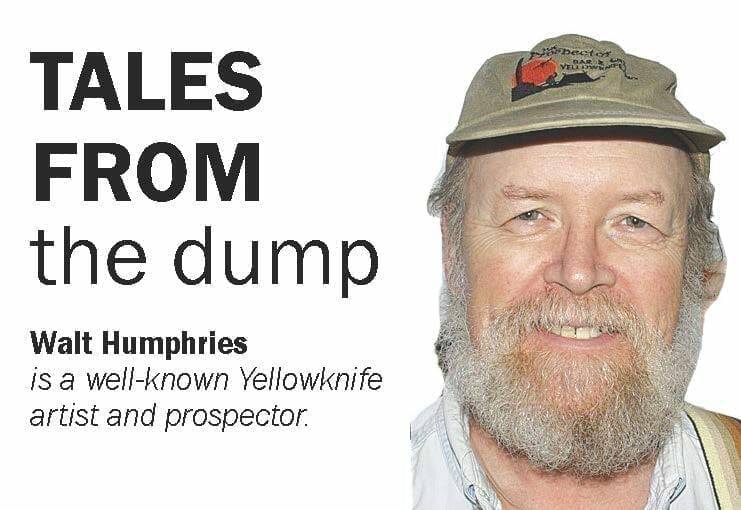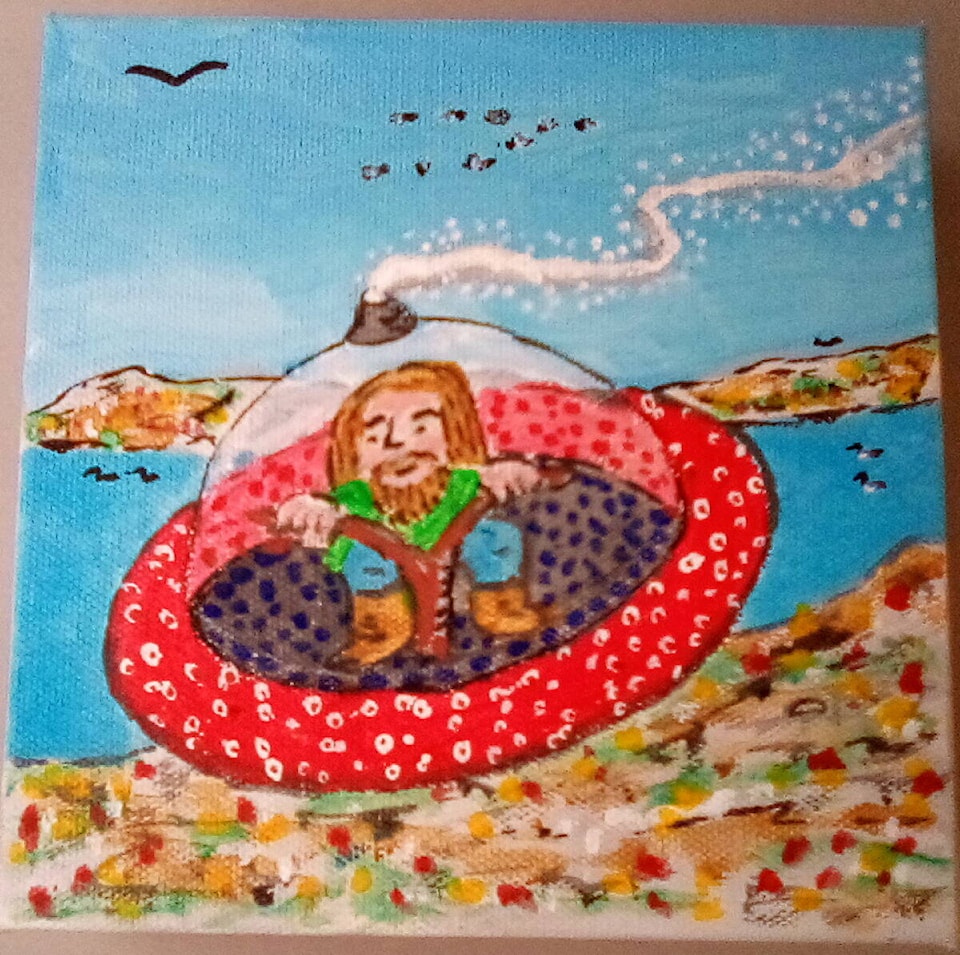The power of song. Now that Halloween is over, I thought I’d share a couple songs I remembered that the radio stations would often play in the lead up to Halloween.

One was called The Hearse Song. Apparently, the song originated during the First World War and made several comebacks since. It has many versions and the verse but goes a little like this:
“Don’t laugh when the hearse goes by,
Because you may be the next one to die,
They wrap you up in a big white sheet,
And throw you in a hole six feet deep,
Then the worms crawl in, the worms crawl out,
The worms play pinochle on your snout.”
It’s kind of a gruesome song but kids loved it and would start singing it when they could. It took me a little research to figure out what “pee-knuckle” or “pee-uncle” was, because I kept spelling it wrong. Turns out it is a card came. I still don’t understand how worms with no arms or real eyes could play it and humans really don’t have snouts. So obviously the song was using a lot of hyperbole.
Some adults, including our public-school principal, didn’t think kids should be singing it. So, it was banned on school grounds. Which of course meant kids would sing it on their way to and from school. Can’t keep a good song down and banning it just made it more appealing.
Another song popular around the same time that also got banned from some school cafeterias and summer camps was “great green gobs of greasy grimy gophers’ guts, And me without my spoon.” Again, this song had lots of versions and verses that kids liked to bellow. Picture a troop of boy scouts, marching down a country road on an all-day hike, chanting it out, scaring the cows, horses, chickens, and even a few farmers.
So, why did kids find these songs so appealing? Well, I am no psychologist, but as a kid who joined in singing them occasionally, they were fun and cathartic. They were comical and made light of, or gave a new perspective on, some serious topics most adults shied away from. Perhaps the fact that they upset some adults was also a factor for the more rebellious kids.
Also, some of the more creative kids would come up with some novel verses that were their way of getting back at some over-authoritarian adults. They were morale boosters and usually kids felt better after singing them.
I recall hearing about a high school rebellion. Apparently, the school cafeteria served food that was beyond dreadful. The kids all kept singing Great Green Gobs on lunch break and the teachers could never single out the ring leaders because everyone seemed to just spontaneously burst into song. Even the principal who was trying to quell the rebellion at an assembly threatened to expel anyone who sang it, so everyone burst into a rendition of The Hearse Song instead. Eventually the cafeteria staff either quit or were replaced and the food did improve. Marginally.
So, songs do have power. And certain songs become popular depending on the circumstances. I expect that song writers are busy trying to write catchy tunes to capture the turbulent times we have now. Some will be serious, and some will be comical or tongue-in-cheek. There is lots of room for all kinds of songs and other art forms of course.
I believe that art can be cathartic, can offer new perspectives and can help shape a better world or at least make the one we are in now more bearable. In some ways you can judge the health of a society by how healthy its art scene is. So, it’s important to support the arts. All the arts. Locally and nationally.
